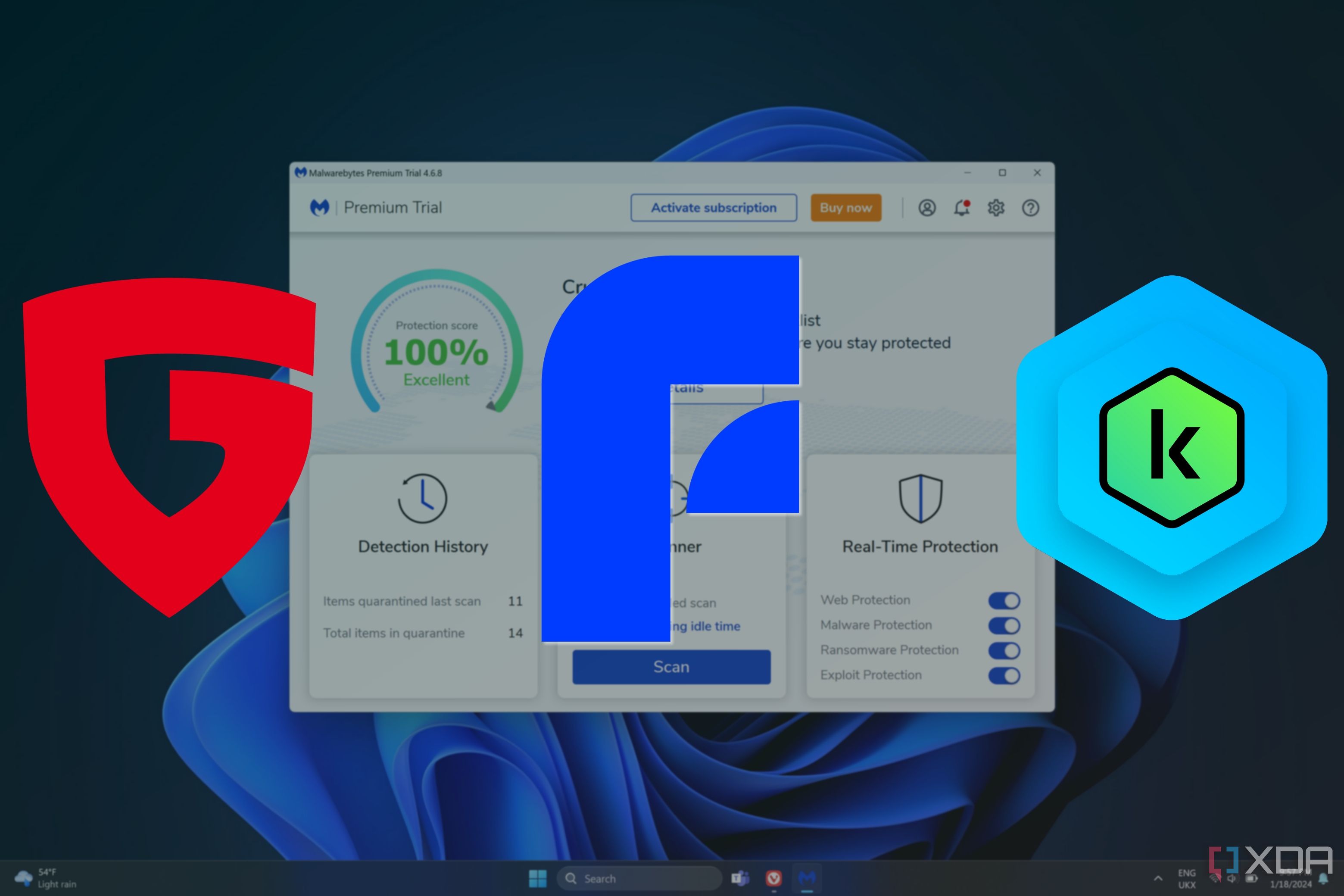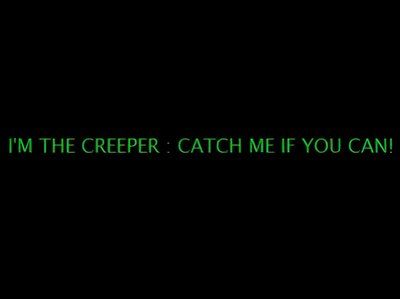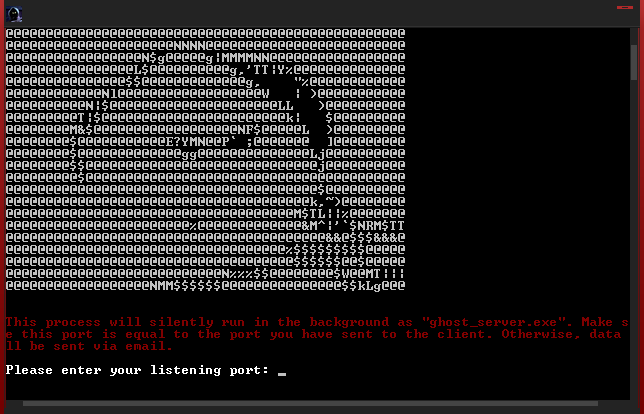Key Takeaways
- Creeper was the first computer worm in 1972, spreading a message but no harm.
- Ghostball was adaptive with multiple attack pathways, swelling file sizes and corrupting data.
- Gh0st RAT gives hackers full remote access to sensitive computer systems.
Computer viruses and other malware cause billions of dollars in damages every year, but no one can argue that virus authors don’t have a sense of humor. Since October is both Cybersecurity Awareness Month and Halloween season, here are some viruses that like to get into the Halloween spirit. With these critters, you’re always guaranteed a trick and never a treat.
Related
How to run a virus scan on Windows 11
Secure your Windows 11 system against viruses using Windows Defender
Creeper (and Reaper)
A primordial evil
There has to be a first time for everything, and Creeper was the first ever computer worm, released in 1972. Creeper was an experiment, and wasn’t designed to do any actual harm. The only thing Creeper did was write “I’M THE CREEPER : CATCH ME IF YOU CAN,” but all data was left untouched. As a worm, Creeper’s defining feature is that it can spread from one computer to another, using self-replication in its final version to accomplish this. Creeper even inspired an early computer game called Core War.
Interestingly, Creeper was developed as an experimental program by Bob Thomas at BBN, a pioneering tech company that helped develop ARPANET, the precursor to the internet. Creeper’s primary goal was to explore the concept of a self-replicating program that could “move” between networked computers.
If there was a first virus, then there had to be a first antivirus, and in this case it was Reaper, which was created specifically to combat Creeper.

Related
Protecting your data is always important, and when the built-in Windows security fails, these antivirus programs are your best bet.
Ghostball
A spooky pioneer of mischief
Source: Lan Gao via Unsplash
Ghostball is the first known multipartite virus. All this means is that this was the first virus to have multiple attack pathways, which made it adaptable and tough to fight. Ghostball can infect both COM files and disk boot sectors. The virus is actually based on two other viruses called Vienna and Ping Pong, each giving it the power of a different attack vector.
Ghostball didn’t do anything too dramatic other than swell the size of files that it infects, and cause data corruption. Sometimes the virus would show the bouncing ball of the Ping Pong virus, and sometimes you’d see the message “GhostBalls, Product of Iceland Copyright © 1989, 4418 and 5F10 MSDOS 3.2.”
Gh0st RAT
You don’t want this rodent near your PC
Gh0st RAT is a Trojan that’s responsible for giving hackers remote access to some of the most sensitive computer systems in the world. Once the RAT infects a target machine, the hacker in question can do all sorts of things like taking full remote access of the computer, logging all your keystrokes in real time, and getting live feeds from any mics or cameras attached to your computer.
But what makes Gh0st RAT more alarming is its association with organized cyber espionage. Gh0st RAT was first identified as part of a large-scale cyberattack known as GhostNet, which targeted more than 1,000 computers across more than 100 countries. Many of the affected systems were embassies, foreign ministries, and other government institutions. The attacks were believed to be orchestrated by a group in China, although the exact perpetrators remain unidentified.

Related
Jigsaw ransomware
No, I don’t want to play a game
Source: Jose Francisco Morales via Unsplash.
Even if you’ve never seen any of the Saw movies, you’re probably familiar with the creepy Billy puppet character from the films, which has become an iconic figure in pop culture. This ransomware was initially called “BitcoinBlackmailer,” but its creators wanted to up the fear factor and renamed it after the horror film. This ransomware encrypts your files and your drive’s master boot record, then an image of Billy appears with a demand for payment in Bitcoin, or all your data is going bye-bye. You get an hour to pay. If you don’t, your files are deleted permanently.
Pumpkin Eclipse
It’s the not-so-great pumpkin, Charlie Brown
Source: Eyestetix Studio via Unsplash
Using malware to form a botnet, hackers launched a massive cyber attack in 2023 that was dubbed “Pumpkin Eclipse.” Despite the festive and spooky name, this was serious business. Over 600,000 routers were permanently bricked, leaving a large number of people without internet access. The actual malware involved here is called “Chalubo,” but the whole attack involved an intricate multi-stage dance involving thousands of infected systems.
Pumpkin Eclipse was a recent and chilling reminder that the network technology we depend on more and more to live and work every day can all be wiped out in a few hours. Was this mysterious attack a test for something bigger? I sure hope not!
Cybersecurity is no joke
While it’s interesting to read about clever or cool malware while getting into the Halloween spirit, you should have some Cybersecurity Awareness even when it’s not October. The good news is that as long as you have good anti-malware and observe sensible online hygiene, you’re unlikely to run into a virus yourself, but you never know….

Related
How XDR is replacing traditional anti-virus software and why you need it in your business
If you have a business and aren’t already looking into XDR, you may want to.






/cdn.vox-cdn.com/uploads/chorus_asset/file/24016885/STK093_Google_04.jpg?w=1200&resize=1200,0&ssl=1)

